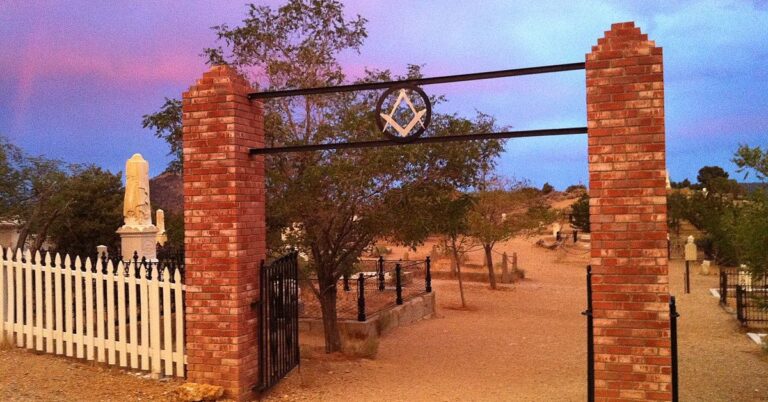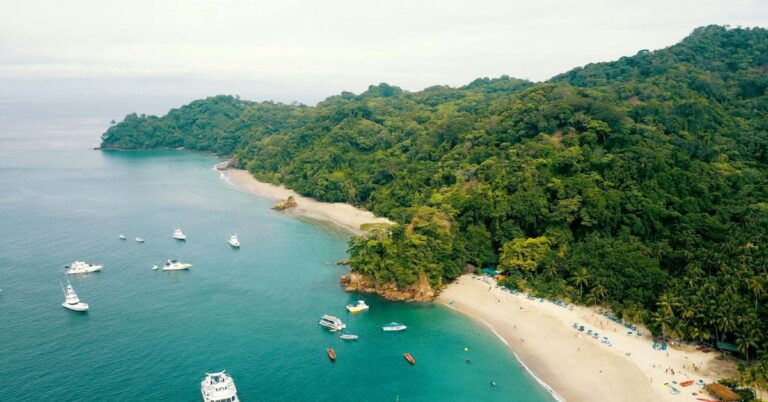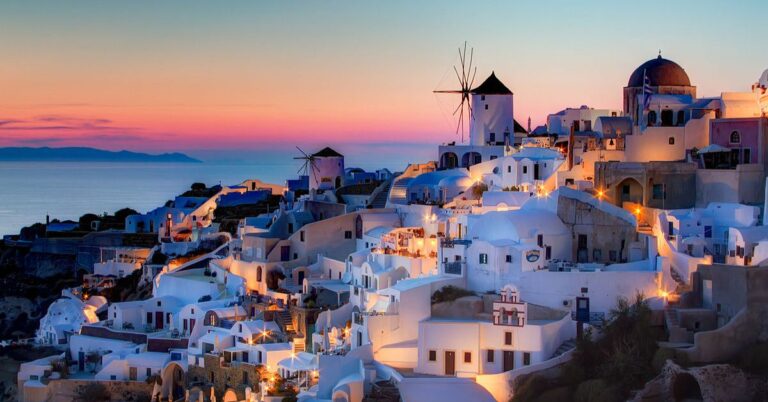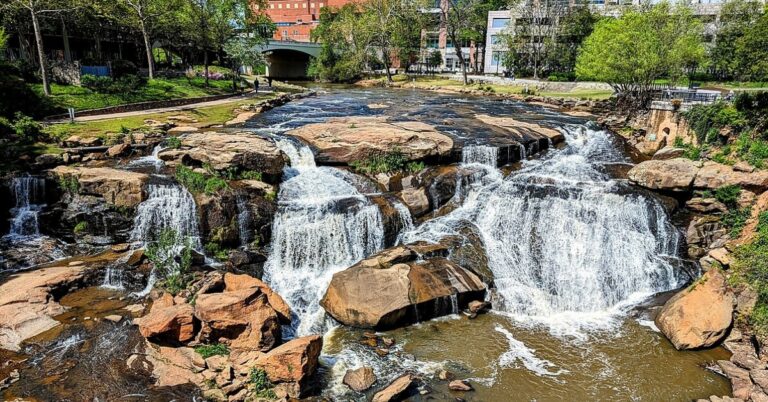25 Tourist Hotspots That Defined The U.S. Since 1900
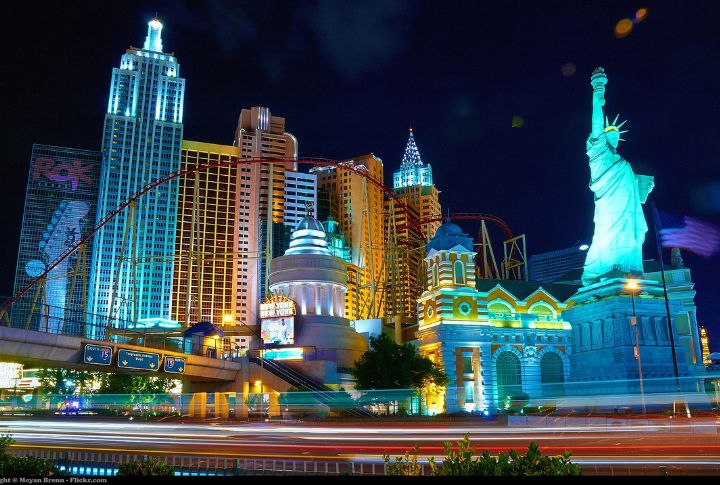
The U.S. is a land of iconic landmarks, each telling its own unique story. Over the years, certain spots have become synonymous with the American experience—places where history, culture, and natural beauty collide. So, let’s take a look at 25 tourist hotspots that have truly defined the U.S. since 1900.
Yellowstone National Park (Wyoming)
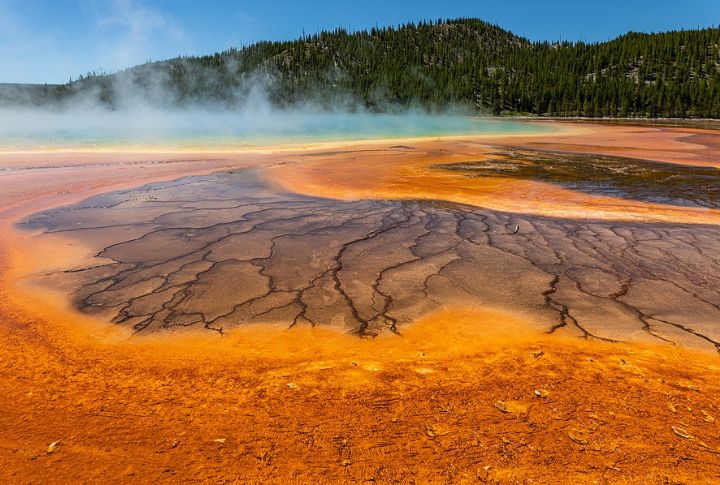
When you step into Yellowstone, you’re entering a living museum. Established in 1872, it became the blueprint for global conservation. Visitors come for Old Faithful, stay for Grand Prismatic Spring, and leave transformed by raw, volcanic beauty.
Statue Of Liberty (New York)
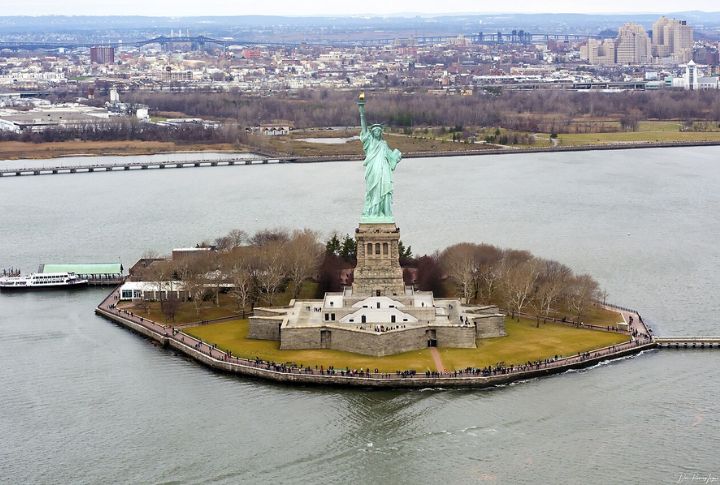
France gifted the well-known Statue of Liberty to the U.S. in 1884 to honor democracy and friendship. Engineers assembled the 305-foot structure on Liberty Island. Lastly, immigrants arriving at Ellis Island saw her first, symbolizing new beginnings.
Grand Canyon National Park (Arizona)
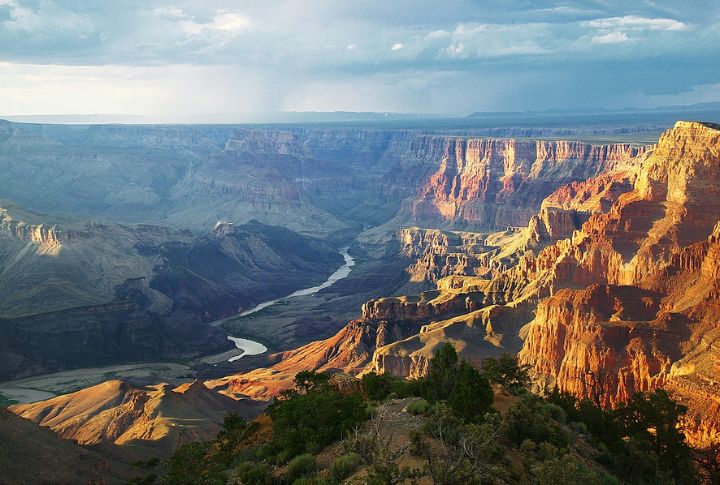
The Colorado River carved the Grand Canyon, which revealed nearly two billion years of geological history. Congress finally designated it a national park in 1919. Since then, visitors hike its trails, raft the wild river, and witness nature’s raw power from the canyon’s rim.
Walt Disney World (Florida)
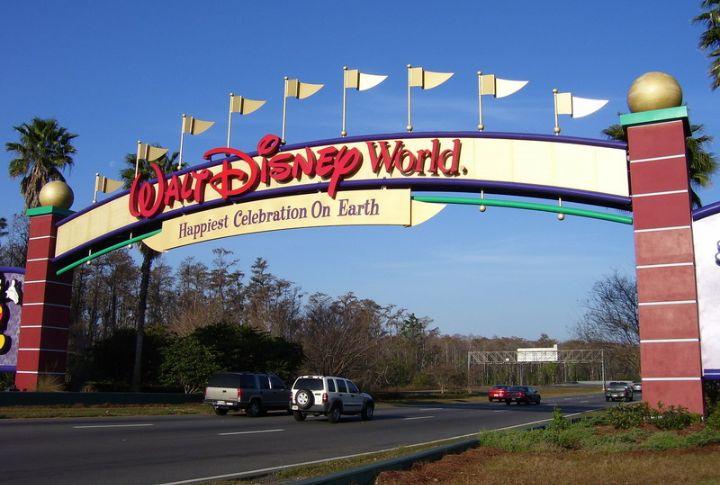
Since opening in 1971, Walt Disney World has turned childhood fantasies into full-blown vacations. Spanning four theme parks, it’s a world where castles, galaxies, and jungle safaris coexist. This entertainment empire redefined tourism by blending imagination and nostalgia.
Niagara Falls (New York)
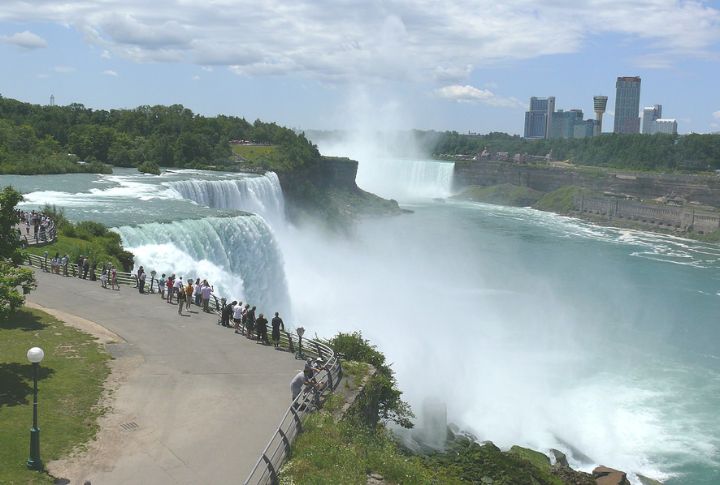
Millions visit Niagara Falls each year to witness 3,160 tons of water plunge every second. Engineers harness its force for hydroelectric power, while tourists ride the Maid of the Mist for a close-up view. The falls have powered industry and drawn thrill-seekers for centuries.
Times Square (New York)
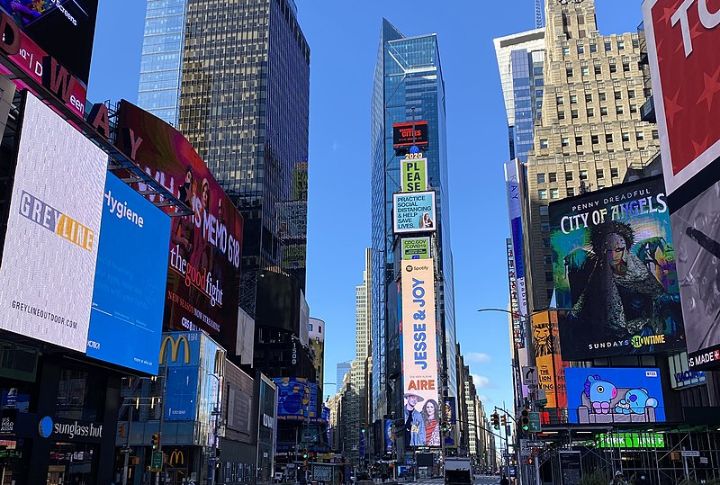
Times Square is like experiencing sensory overload in the best way possible. The dazzling lights and giant screens have made this square synonymous with New York’s energy. It’s also home to Broadway theaters, making it the perfect spot for theater lovers.
Hollywood Walk Of Fame (California)
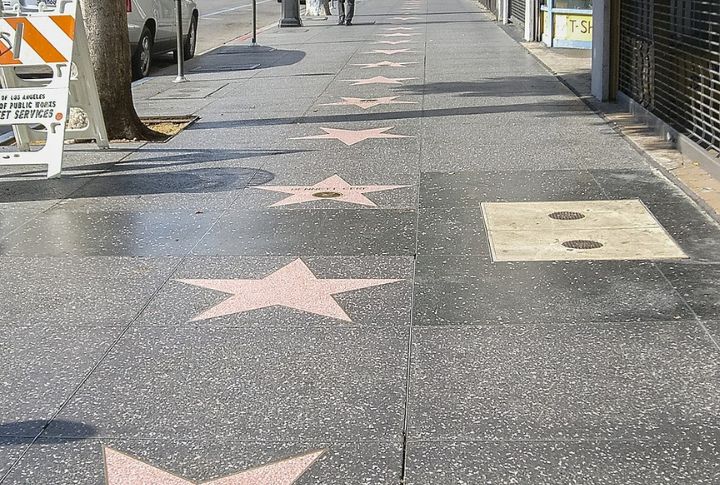
The Hollywood Walk of Fame began in 1958 to celebrate entertainment’s biggest names. Crews embedded over 2,700 terrazzo stars along Hollywood Boulevard. Tourists flock here daily, snapping photos with icons from film, music, and television.
Mount Rushmore National Memorial (South Dakota)
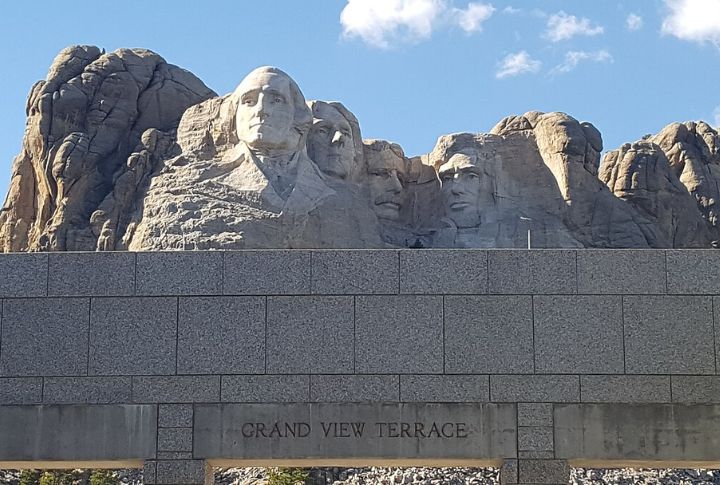
Completed in 1941, Mount Rushmore features the faces of Presidents George Washington, Thomas Jefferson, Theodore Roosevelt, and Abraham Lincoln. It’s an iconic symbol of patriotism and national pride in the heart of the U.S.
The White House (Washington D.C.)
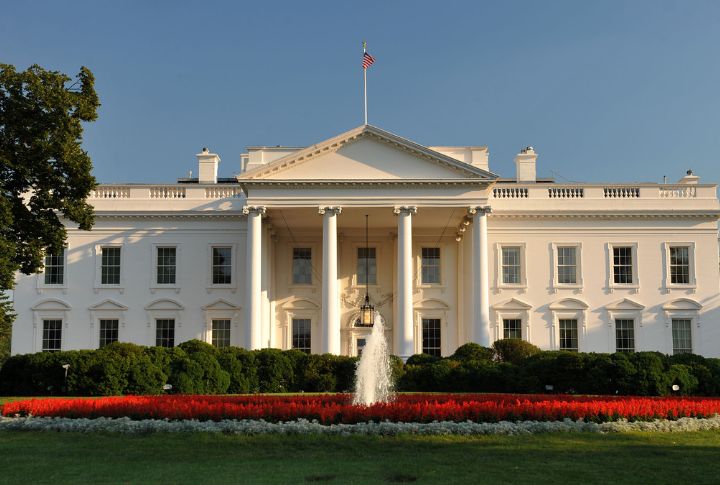
George Washington chose the site in 1791, and workers completed the White House in 1800. This way, every U.S. president since John Adams has lived here. Tourists visit to glimpse the seat of executive power, where major decisions unfold behind neoclassical columns.
Alcatraz Island (California)
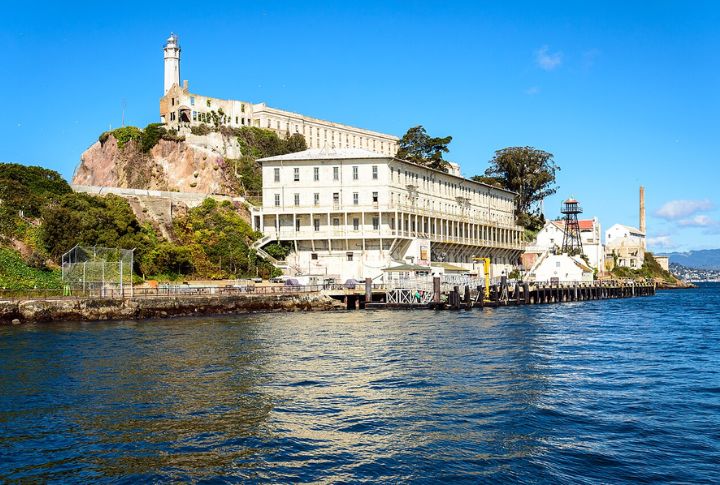
Alcatraz, once a notorious federal prison, now serves as a historical landmark. From 1934 to 1963, it kept some of America’s most infamous criminals. Now it is famously a part of the Golden Gate National Recreation Area, which allows visitors to explore its eerie cells.
Central Park (New York)
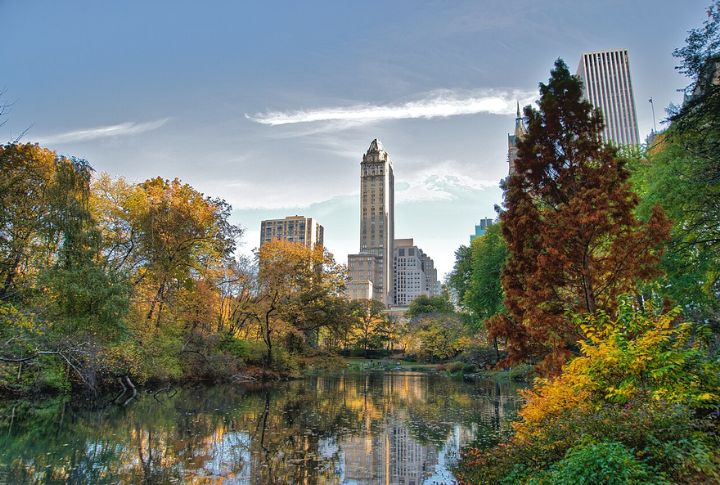
New York City built Central Park in 1858 as a public refuge from urban chaos. Architects Frederick and Calvert designed it with winding paths, woodlands, and open meadows. Today, over 40 million people visit its 843 acres of recreation and culture.
The Lincoln Memorial (Washington D.C.)
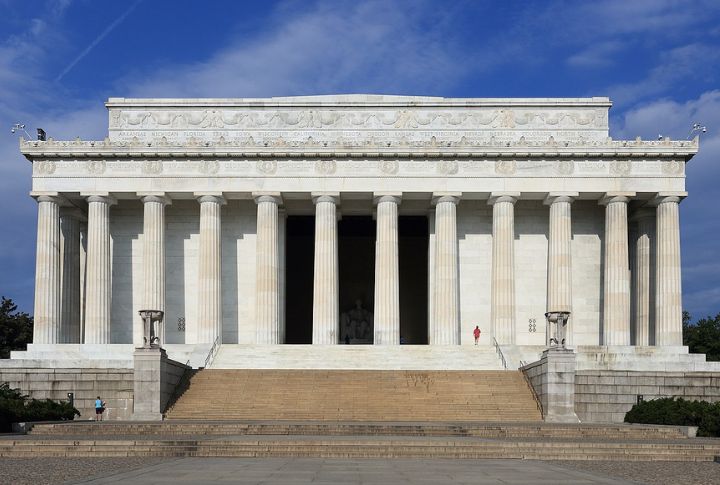
The U.S. government completed the Lincoln Memorial in 1922 to honor the 16th president. Architect Henry Bacon designed it with 36 columns for the states in Lincoln’s era. Visitors gather at the marble steps where Martin Luther King Jr. delivered his speech.
Las Vegas Strip (Nevada)

Developers transformed the Las Vegas Strip from a desert highway to an entertainment capital starting in the 1940s. Casinos, resorts, and theaters line the four-mile stretch, and tourists stroll under neon lights, where nightlife defines the scene.
The National WWII Museum (Louisiana)
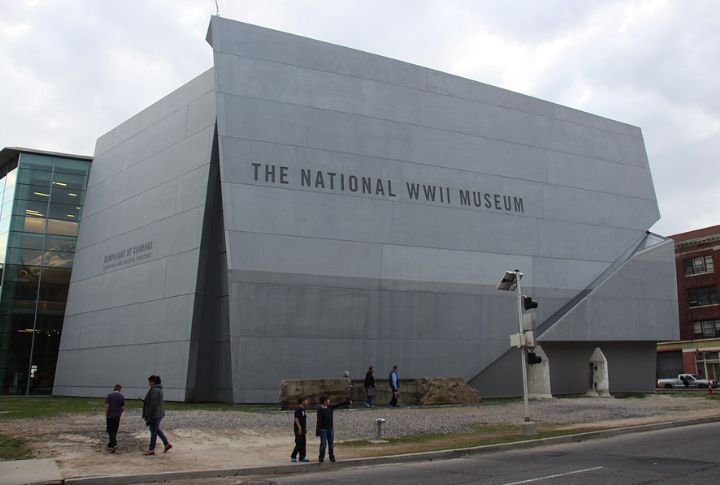
The National WWII Museum in Louisiana is one of the most comprehensive and immersive museums dedicated to the global impact of WWII. Opened in 2000, it spans multiple buildings and offers a deep insight into the war’s history through interactive exhibits.
The National Mall (Washington D.C.)
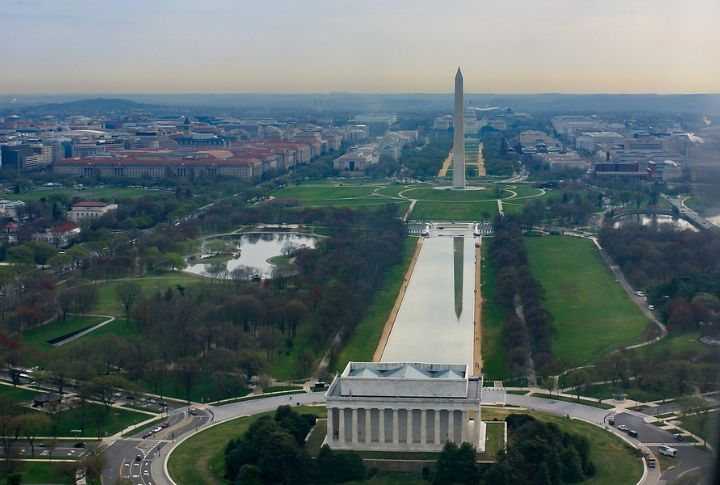
Congress authorized the National Mall’s development in the early 1900s to fulfill Pierre L’Enfant’s original vision. It spans over two miles, linking the U.S. Capitol with the Lincoln Memorial. The Mall hosts Smithsonian museums and memorials honoring wars, leaders, and national ideals.
The Golden Gate Bridge (California)
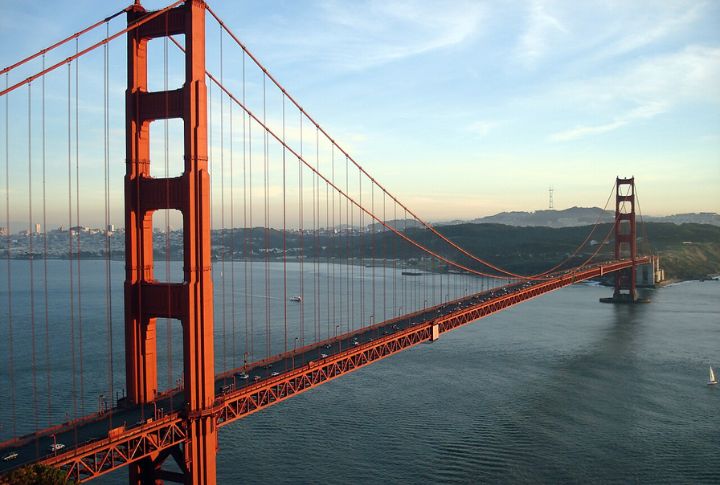
Engineers completed the Golden Gate Bridge in 1937, connecting San Francisco to Marin County. Its 4,200-foot span reigned as the world’s longest suspension bridge at the time. Painted International Orange, it endures earthquakes and fog while drawing millions to its striking Art Deco towers.
The Space Needle (Washington)

Built in just 400 days for Seattle’s 1962 World’s Fair, the Space Needle became a futuristic icon overnight. Architects combined Googie design with engineering daring to create a 605-foot tower that sways in wind and quakes.
The Smoky Mountains (Tennessee/North Carolina)
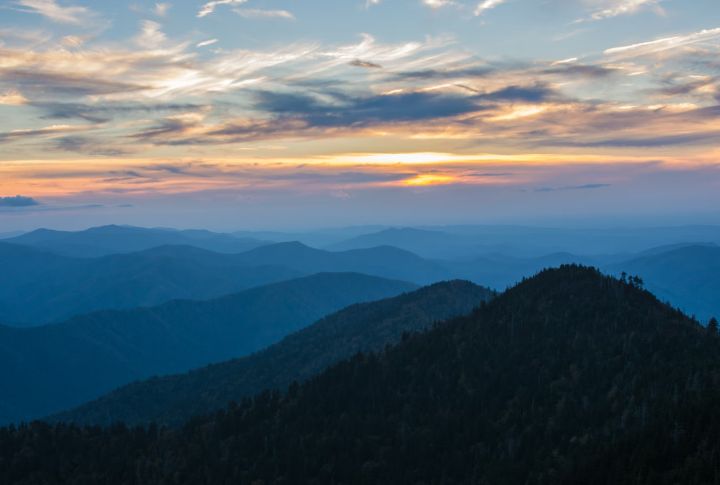
Congress successfully established the Great Smoky Mountains National Park in 1934 to preserve the southern Appalachians’ biodiversity. It shelters over 19,000 documented species. Its 850 miles of trails make it America’s most visited national park annually.
The Mall Of America (Minnesota)

The Mall of America has been a staple of U.S. shopping culture. With over 500 stores and attractions like an indoor amusement park, it’s more than just a mall—it’s an experience. A destination for both shoppers and thrill-seekers, it’s one of the largest shopping centers in the world.
The Everglades National Park (Florida)

Congress created Everglades National Park in 1934 to protect the only subtropical ecosystem in North America. It spans 1.5 million acres and supports endangered species like the Florida panther and provides drinking water for millions.
Miami Beach (Florida)
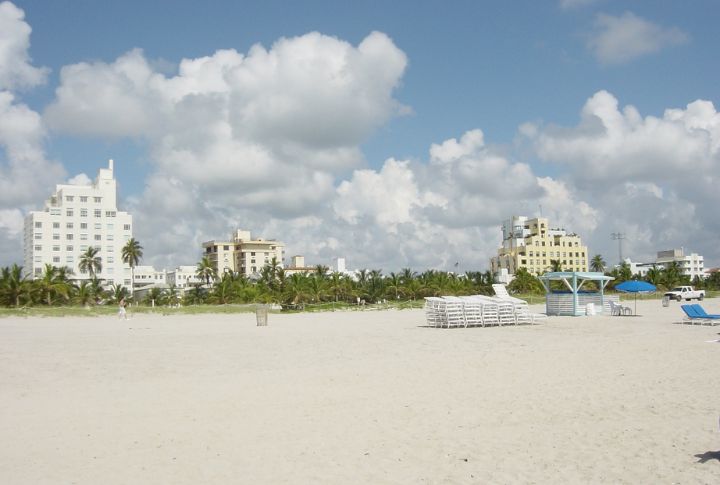
Known for its vibrant nightlife and Art Deco architecture, Miami Beach is a major tourist magnet. Its sandy beaches, warm weather, and buzzing South Beach area make it an ideal vacation destination. Whether you’re there to relax or party, this coastal hotspot never disappoints.
The Pentagon (Virginia)
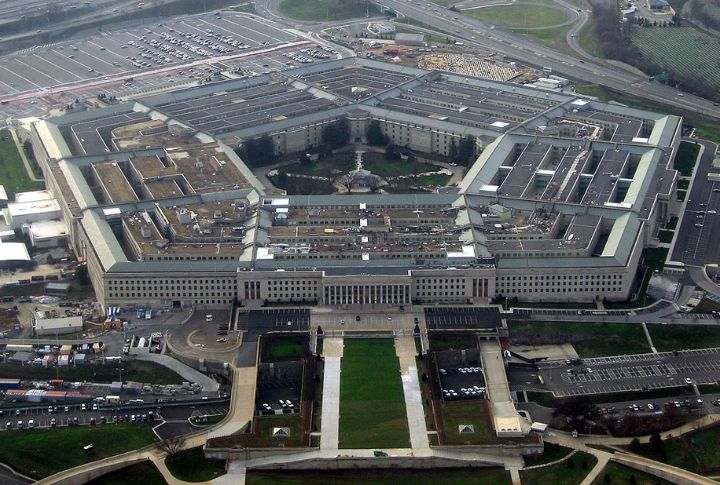
The Pentagon, completed in 1943, serves as the headquarters of the U.S. Department of Defense. It’s not just an office building but a symbol of U.S. military power. Although access is restricted, its significance as a military hub draws many interested in the nation’s defense history.
The Hoover Dam (Nevada/Arizona)
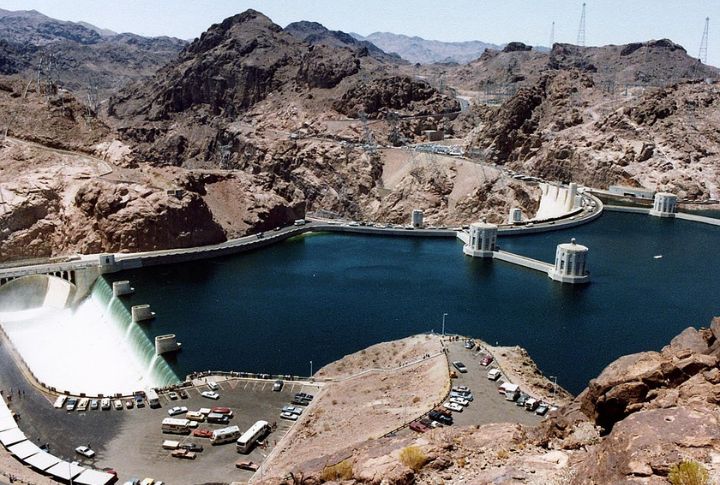
The Hoover Dam, straddling the border between Nevada and Arizona, is an iconic feat of engineering and a National Historic Landmark. The dam’s design and construction were monumental achievements during the Great Depression, creating thousands of jobs.
The Gateway Arch (Missouri)
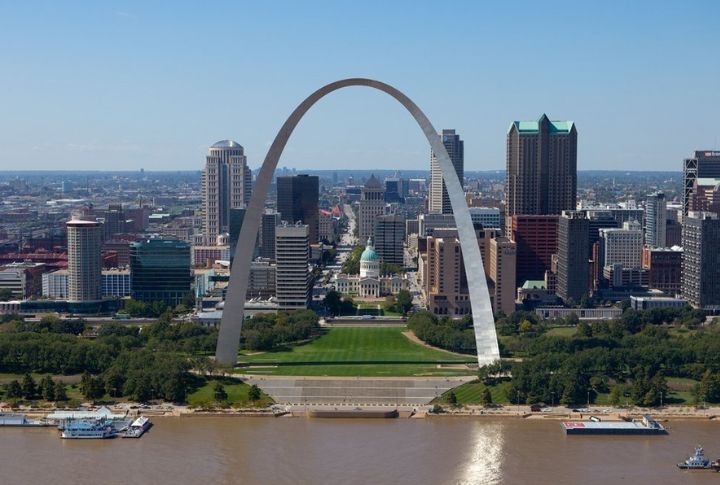
This stunning monument, nicknamed the “Gateway to the West,” was completed in 1965 and stands as a symbol of westward expansion. With its sleek stainless steel curves, it’s hard not to marvel at its beauty. It’s a must-see for anyone who loves both history and a bit of adventure.
The Smithsonian Institution (Washington D.C.)
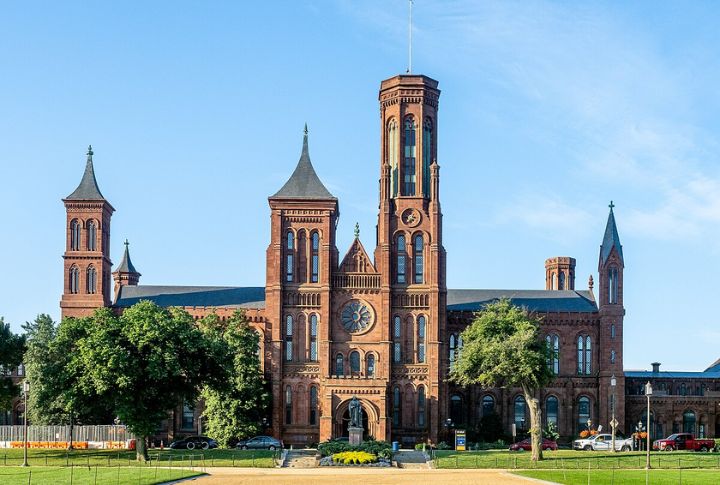
Imagine a place where you can see a moon rock and check out the original Star-Spangled Banner, all in one day. That’s the Smithsonian Institution, which is a quirky, one-stop shop for the world’s coolest artifacts. So, grab your hat and get ready for a mind-blowing adventure through knowledge.


